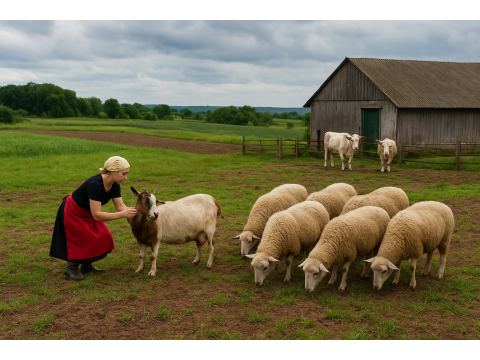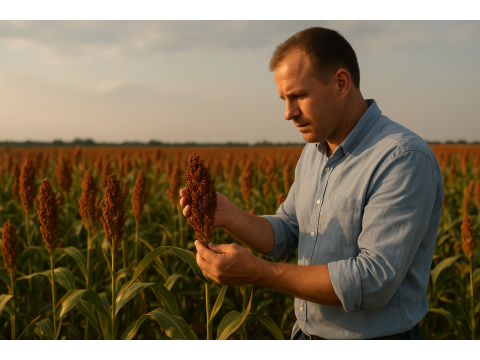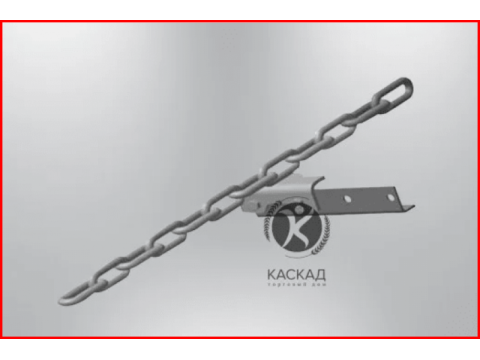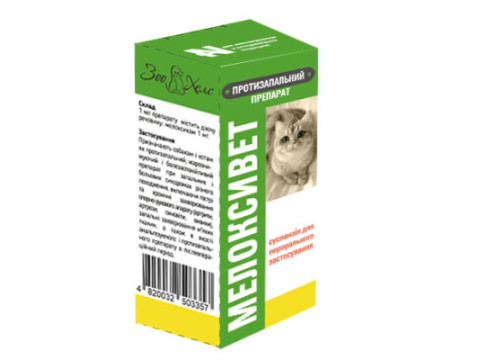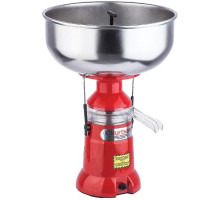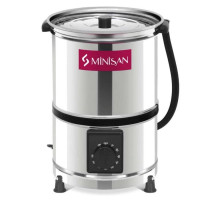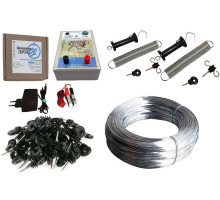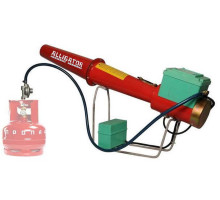How to organize a small farm with minimal investment
For many Ukrainians, having their own farm has long ceased to be just a romantic dream. Today, it is a real way to earn money, self-sufficiency, and even export business. But most beginners immediately face a barrier: "Is it possible to create a farm without large investments?" The answer is positive - organizing a small farm with minimal investments is realistic, but you need to choose the right direction, use resources rationally, and gradually scale your activities.
Where to start for a future farmer
The first step is to determine your priority direction. For some, it may be animal husbandry, for others, crop farming, or a combination of several directions. The choice depends on several factors: available land, access to feed or water, climatic conditions, as well as what you yourself know well and like to do.
For example, in the Poltava region, many farmers start with goats. These animals are unpretentious, do not require large areas, and goat milk and cheese are currently in trend among city dwellers. Another example is a small farm in Cherkasy region, where a family keeps only 20 ducks and 10 turkeys, but sells meat and eggs directly through social networks, having a stable income.
Minimum investments: how to really save
You can start a farm on a relatively small budget if you think strategically. There are several effective ways:
- Use existing resources. An old barn can be converted into a cowshed, a garage into a feed storage facility. In Ternopil Oblast, one farmer started by simply renovating an abandoned building in the village, instead of buying a new building.
- Buy equipment gradually. First, you should buy the basics: feeders, drinkers, maybe one simple milking machine. Over time, add a milk separator or an electric milker. This will avoid financial burden.
- State support programs. Ukraine has programs to compensate for the cost of equipment, discounts on young cattle, and grants for microfarmers. For example, in 2023, about 300 farmers received partial compensation for milking machines.
- Uniting into a cooperative. In the Kharkiv region, several small farm owners bought one professional milk separator for all of them. This approach significantly reduces costs.
What animals should you choose to start with?
The most profitable for small start-up farms are those species that do not require significant expenses for feed and care:
Goats and sheep. They are ideal for small businesses: they provide milk, meat, and wool. In Volyn, one family started with 5 goats, gradually increasing the number to 25. Today, they sell not only milk, but also craft cheeses, earning many times more.
Poultry. Chickens can be kept even in the yard. They pay for themselves quickly, and the demand for eggs and meat is stable all year round. In the Kyiv region, a farmer started with 50 laying hens and within six months had a profit to expand.
Rabbits. These animals reproduce quickly and have dietary meat. However, it should be borne in mind that they are vulnerable to diseases, so proper care is required.
Small number of cattle. Cows require more expenses, but even 2–3 heads can provide a family with dairy products and provide a stable profit from selling milk on the market.
Crops for small farms
It is not necessary to start livestock farming right away. Crop farming also has huge potential. Many Ukrainian farmers, in search of niche markets, are switching from traditional wheat or corn to crops that yield higher profits per hectare.
Chickpeas and lentils. These crops are in growing demand among food producers and restaurants. They are well suited to dry regions, such as the Kherson region.
Berries. Blueberries, raspberries, and strawberries are in steady demand both in Ukraine and for export. A small plantation of 10 acres can bring in thousands of dollars a year.
Medicinal plants. Chamomile, lemon balm, echinacea are areas for contract cultivation with pharmaceutical companies. This is a market with high potential.
Equipment for starting
Many people think that equipment is the main expense. In fact, if you choose your priorities correctly, you can get by with the bare minimum. The list of basic things for a small farm looks like this:
- electric shepherds for keeping livestock on pasture;
- milking machines (for cows or goats);
- milk separators and butter churns;
- sheep shearing machines;
- incubators for poultry breeding;
- bird repellers and insect traps to protect crops.
These investments have a quick effect because they increase productivity and reduce manual labor.
How to organize sales
Even the most successful farm can suffer losses if the sales market is not established. It is important to act in parallel: to develop several sales channels at the same time. For example, in the Lviv region, a farmer with 10 sheep created his own Facebook page and sells cheese directly to customers in the city. Another example is a farmer from Khmelnytskyi region who supplies quail eggs to two restaurants, ensuring himself a guaranteed sale.
Financial calculations and payback example
Let's consider a simple scenario: a family with a small farm on 1 hectare of land and 5 goats. Startup costs: about 120,000 UAH (animals, renovation of premises, basic equipment). Profit: sale of milk, cheese and greens. According to the calculations of the owners from Zhytomyr region, in the first year they managed to cover half of the investment. In the second year they reached a stable income of 15–20 thousand UAH per month.
Conclusions
Organizing a small farm with minimal investment is a very real way for those who are ready to work and plan wisely. The main thing is to start gradually, using what is already at hand, and not to rush into large investments. Examples of farmers from different regions of Ukraine prove that even a small farm can grow into a profitable business. A farm is not only a stable income, but also independence, the opportunity to create a quality product and contribute to the development of rural areas.

